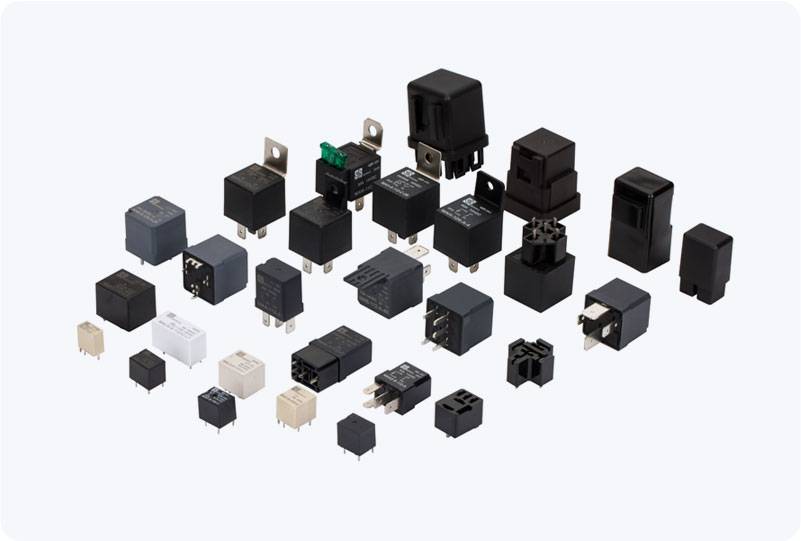In today’s rapidly advancing industrial automation landscape, the need for reliable, real-time communication between devices and systems is more critical than ever. Industrial environments, which are often characterized by harsh conditions, complex networks, and large-scale operations, require communication systems that can handle extreme challenges. One key component that helps ensure smooth and secure data transmission in such settings is the High Reliability Communication Relay. These relays are designed to provide stable, secure, and continuous communication, thereby preventing disruptions that could lead to operational inefficiencies or safety hazards.

The Role of High Reliability Communication Relays in Industrial Automation Industrial automation systems rely heavily on uninterrupted communication for controlling machinery, monitoring processes, and collecting data from various sensors and devices. Communication between devices such as Programmable Logic Controllers (PLCs), sensors, actuators, and human-machine interfaces (HMIs) is critical for system performance. A communication breakdown, even for a brief moment, could cause significant delays, safety issues, and even equipment failure. High reliability communication relays play a vital role in mitigating such risks by ensuring that communication between devices remains stable and resilient in the face of potential issues such as signal degradation, electromagnetic interference (EMI), or physical damage to communication cables.
Leave a Reply